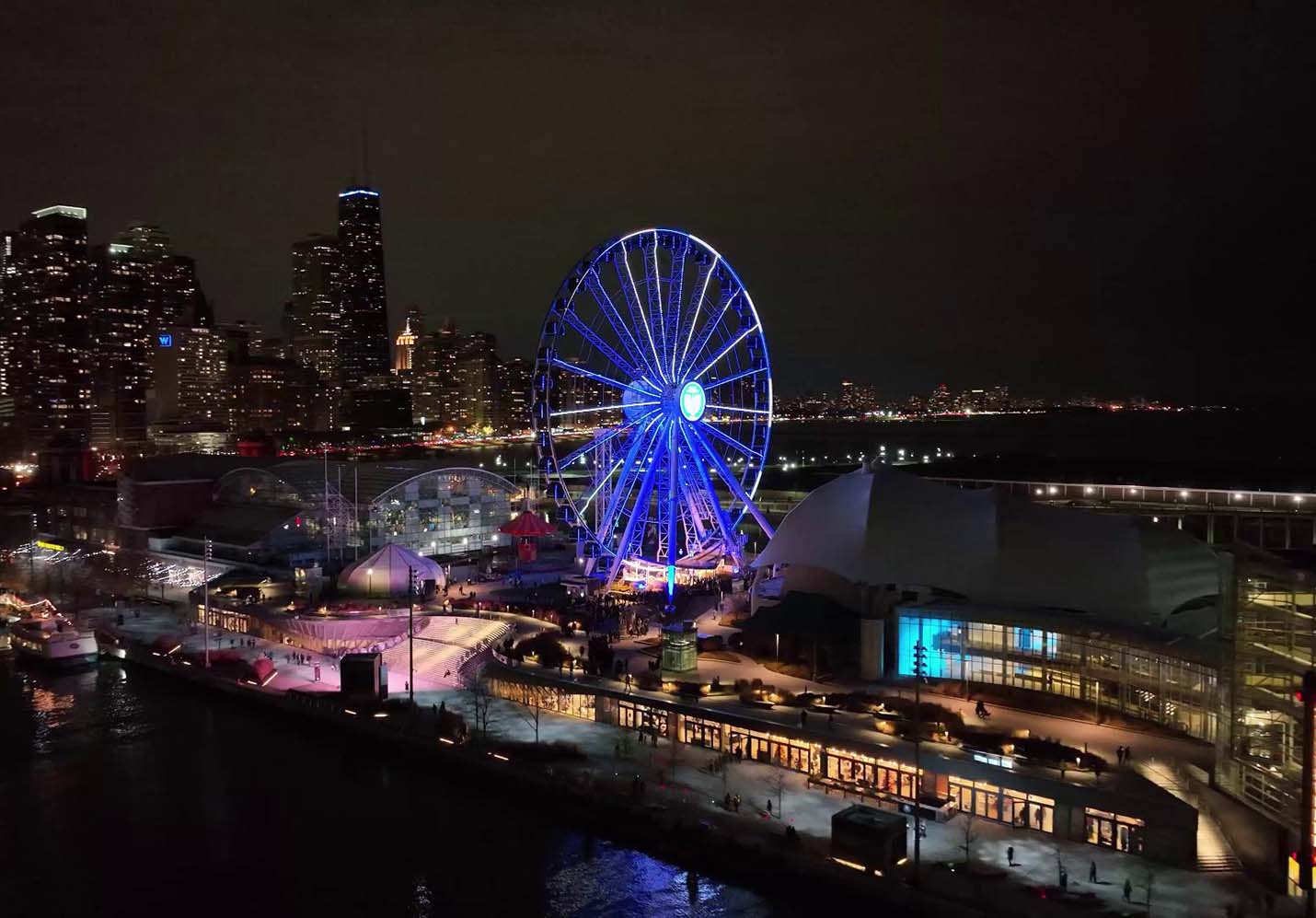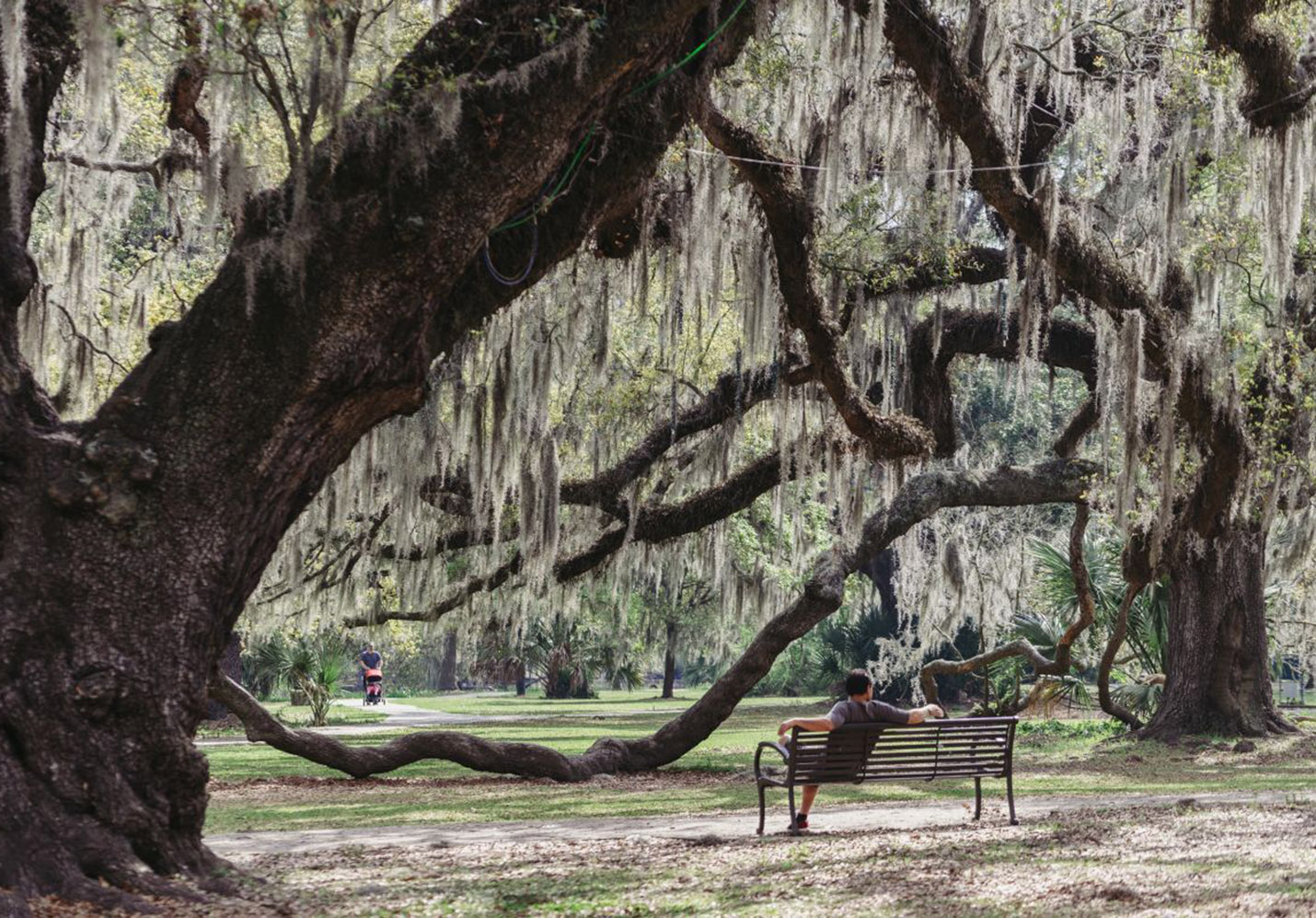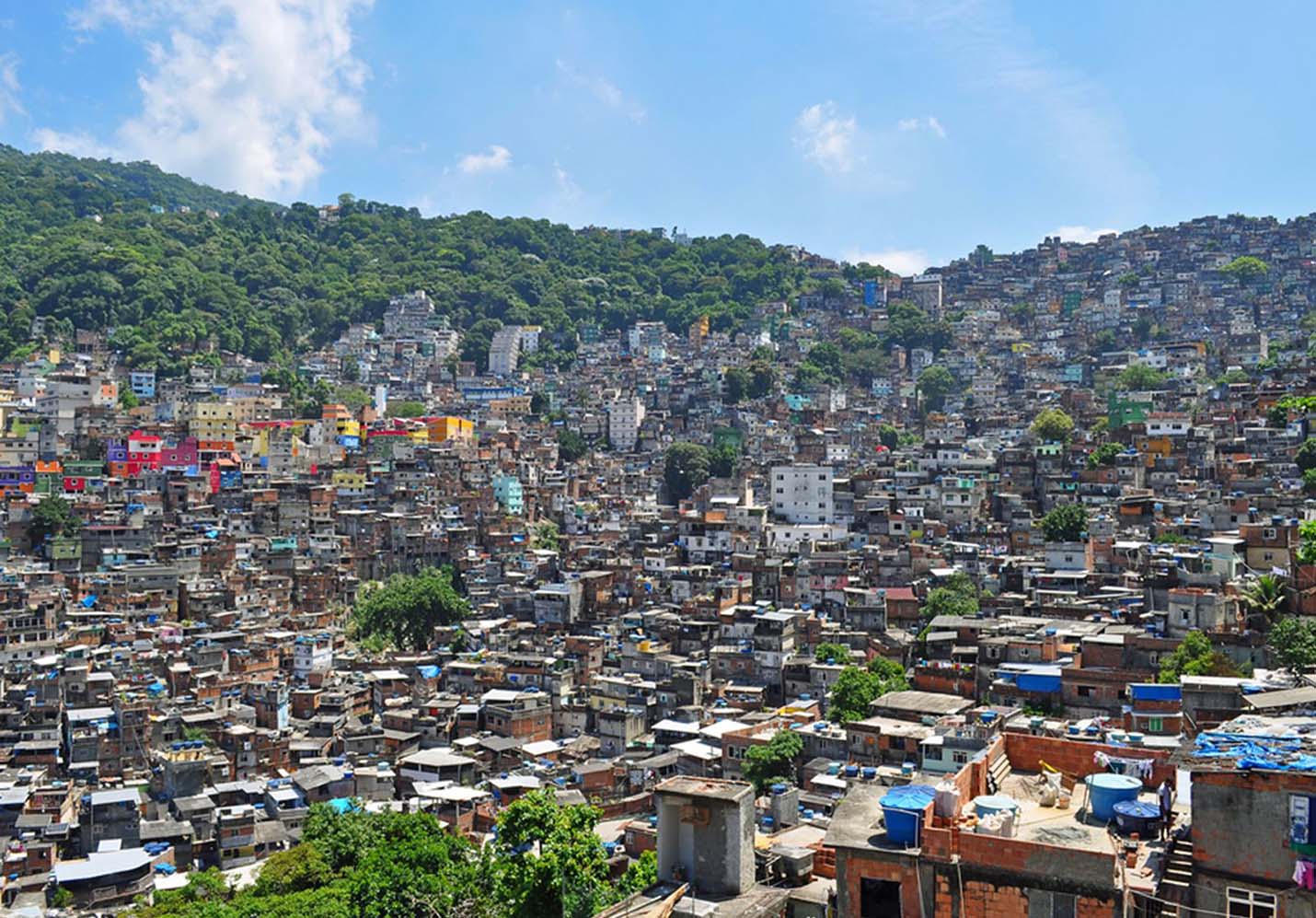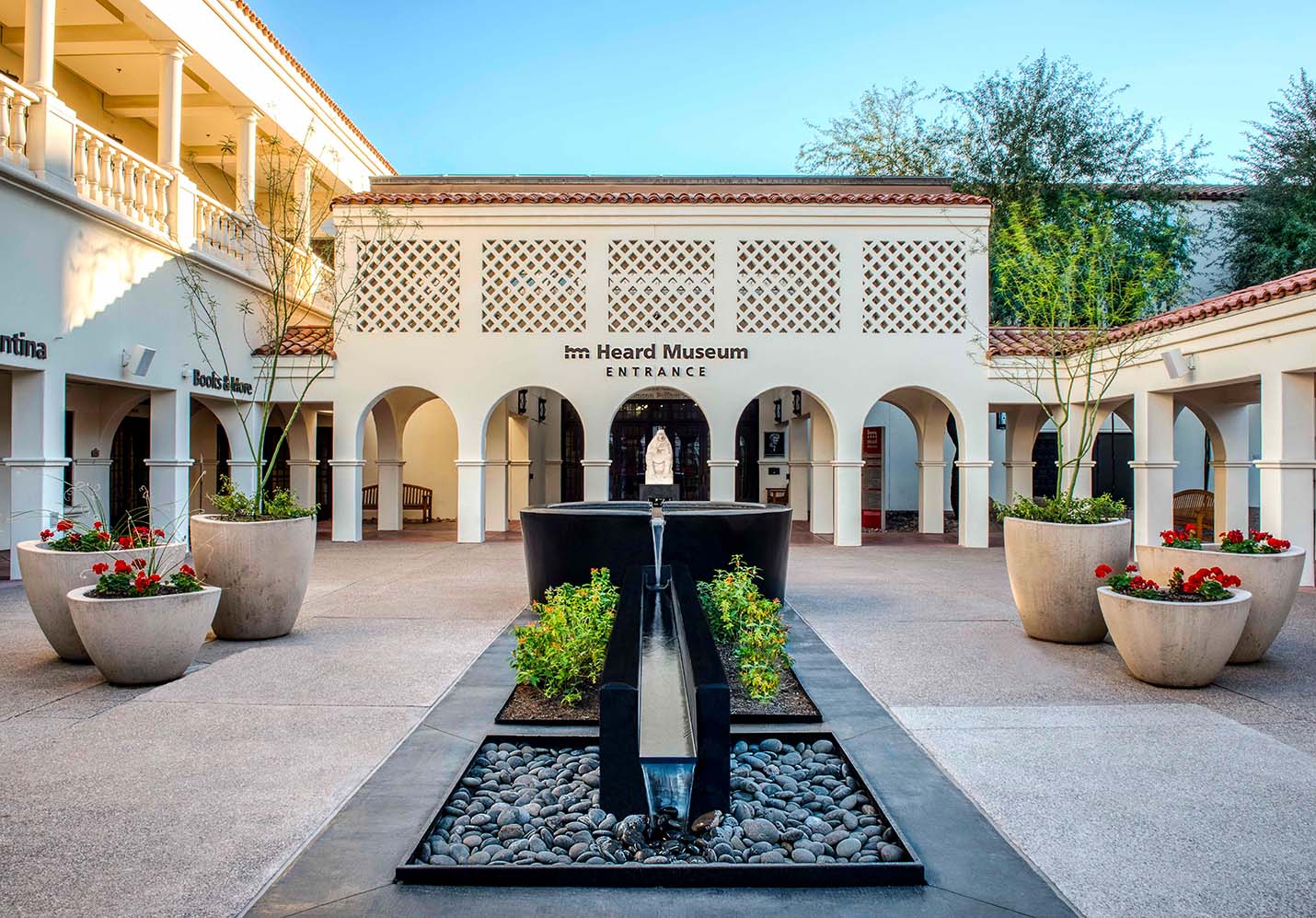Embarking on my journey through Chicago’s lakefront, I found myself immersed in a symphony of experiences, each note resonating with the city’s rich history, architectural marvels, and the soothing lull of Lake Michigan.
Navy Pier: A Carnival in the Sky
Navy Pier, with its whimsical Ferris Wheel and lively atmosphere, opened the curtain to my lakefront escapade. As I ascended the Ferris Wheel, the breathtaking panorama of the city unfolded like a grand tapestry. The glistening waters of Lake Michigan stretched to the horizon, and the city’s skyline danced with the hues of a setting sun.
Riding the Ferris Wheel was akin to a skyward waltz, a gentle swirl through Chicago’s urban poetry. The city’s iconic structures—the Willis Tower, the John Hancock Center—stood as proud sentinels against the canvas of the sky. Tickets for this elevated experience were priced at $18 for adults, offering both a day and night ride. I recommend booking online to secure specific time slots and avail of occasional discounts.
Boat Tours: Navigating the River’s Timeless Tales
The boat tour that followed allowed me to navigate the serpentine river coursing through the city. A knowledgeable guide narrated tales of Chicago’s architectural evolution, from the historic bridges to the modern skyscrapers. The river, like a liquid time machine, transported me through epochs of innovation and urban metamorphosis.
Boat tour tickets ranged from $40 to $50, depending on the chosen route and duration. I booked mine online, taking advantage of package deals that included both the Ferris Wheel and boat tour, creating a seamless narrative of Chicago’s past and present. Explore the city’s structural heritage in greater depth with an architecturally focused tour.
Timing is crucial for the full experience. I embarked on the boat tour during the golden hour, allowing the sunset to cast a warm glow on the architectural wonders. Evening tours are magical, providing a different perspective as the city lights illuminate the riverbanks.
The Field Museum: A Voyage Through Natural History
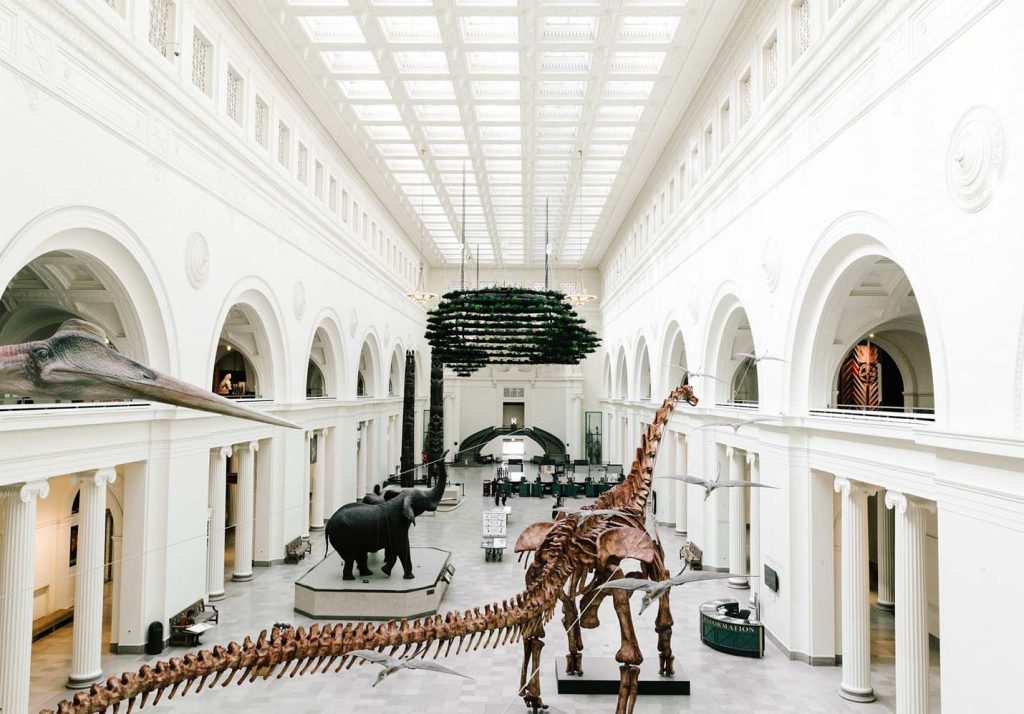
The Field Museum, a bastion of natural history, beckoned with promises of ancient wonders and the marvels of the natural world. Stepping into its colossal halls felt like stepping into a time machine, offering glimpses of a bygone era.
My journey through the museum commenced with the dinosaur exhibits, where towering skeletons of T. rex and colossal diplodocus stood frozen in time. Walking among these giants, I marveled at their sheer size and imagined an ancient world where these majestic creatures once roamed.
Venturing further, I entered the ancient kingdom of Egypt, where the mysteries of the Pharaohs and their legacy awaited me. The collection, from mummies to intricate artifacts, transported me to a civilization steeped in mystique and grandeur.
The museum admission stood at $26 for adults, granting access to all exhibits. I purchased tickets online, leveraging discounts on combo tickets that included special exhibits. For a comprehensive experience, I allotted approximately 3 hours to immerse myself in the museum’s diverse offerings.
The Field Museum opens at 9 AM, and arriving early allowed me to avoid crowds and delve deeper into exhibits without rush. Opting for a guided tour or downloading the museum app beforehand can enhance the understanding and appreciation of the exhibits.
Chicago Cultural Center: Where Art and History Converge
The Chicago Cultural Center, a sanctuary of arts and culture, stood as a testament to the city’s creative prowess. As I crossed its threshold, I was enveloped in a symphony of artistic expression and historical significance.
The pièce de résistance of the Cultural Center was the Tiffany Dome, an ethereal masterpiece of stained glass. Bathed in the kaleidoscopic hues of the dome, the Preston Bradley Hall evoked a sense of wonder, marrying artistry with architectural splendor.
Wandering through the art galleries, I encountered a diverse array of exhibitions—from contemporary installations to classical paintings. Each stroke of paint and every sculpted form spoke volumes, igniting conversations between past and present.
Entrance to the Chicago Cultural Center was free of charge, allowing me to explore its artistic tapestry without constraints. I dedicated around 2 hours to savor the exhibits, absorb the ambiance, and immerse myself in the center’s cultural riches.
The Cultural Center operates from 10 AM to 7 PM, making early mornings or late afternoons ideal for a visit. Check the center’s website for any ongoing exhibitions or special events that might align with your interests for an enhanced experience.
Museum of Contemporary Art Chicago: A Canvas of Modernity
The Museum of Contemporary Art (MCA) Chicago awaited as a sanctuary of modern artistry, a testament to the city’s avant-garde spirit. Stepping into its galleries was akin to entering a realm where creativity knew no bounds.
The MCA’s art installations showcased a diverse spectrum of avant-garde expressions. From thought-provoking sculptures to immersive multimedia displays, each exhibit challenged conventions and offered a glimpse into the evolving landscape of modern art.
I dedicated ample time to explore the museum’s special exhibitions, which featured renowned contemporary artists. Works by Yayoi Kusama and Andy Warhol were among the highlights, providing insights into their distinct artistic philosophies.
Admission to the MCA was $15 for adults, granting access to all exhibitions. I booked tickets in advance online, availing of student discounts and bundle offers for an extended exploration that consumed approximately 2.5 hours.
The MCA welcomes visitors from 10 AM to 5 PM, with late hours on select days. Consider planning your visit around guided tours or artist talks to gain deeper insights into the contemporary art world. Arriving early or during off-peak hours ensures a more contemplative engagement with the artworks.
The Art Institute of Chicago: An Artistic Odyssey Across Centuries
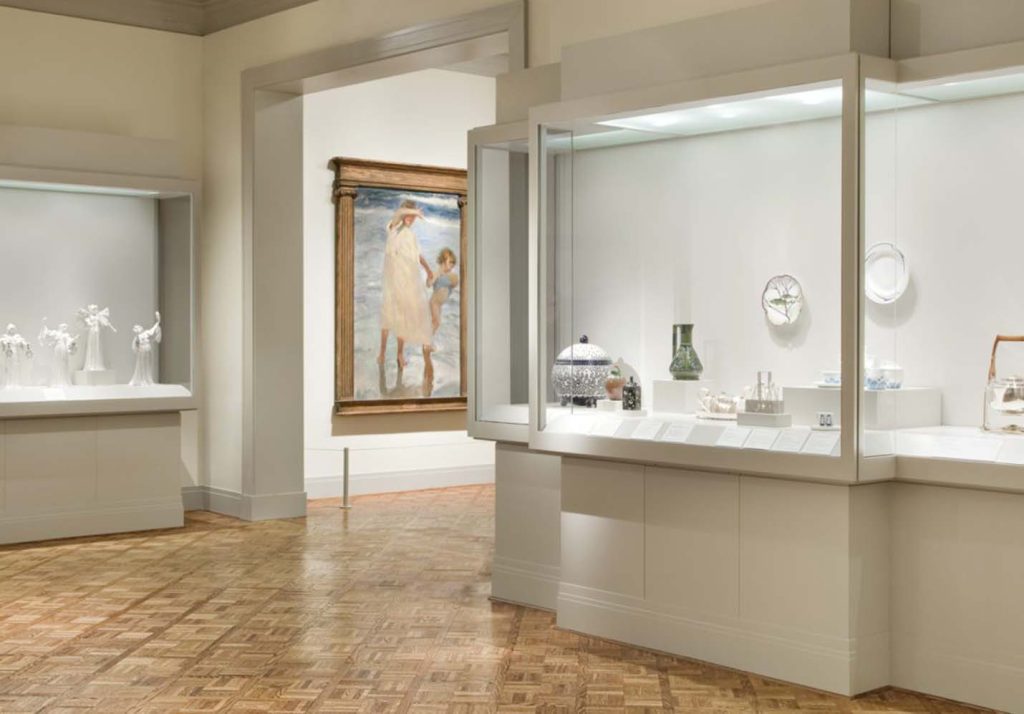
The Art Institute of Chicago, an iconic cultural institution, stood before me like a treasure trove of human creativity. My journey through its hallowed halls promised encounters with masterpieces spanning centuries—a pilgrimage into the heart of artistic evolution.
My odyssey commenced in the Impressionist Galleries, where the works of Monet, Renoir, and Degas unfolded like a brushstroke ballet. The play of light, the ethereal landscapes, and the delicate expressions captured my senses, transcending time and immersing me in the world of 19th-century artistic revolution.
Venturing into the Modern Wing, I encountered a symphony of contemporary voices. Picasso’s cubist explorations, Warhol’s pop art statements, and the abstract realms of Kandinsky beckoned, offering a kaleidoscopic journey through the ever-evolving landscape of modern art.
Admission to the Art Institute was $25 for adults, a nominal fee for the artistic riches that awaited. I invested in an all-access pass, granting entry to special exhibitions. Timing my visit for early morning allowed me to revel in the serenity of the galleries before the crowds arrived, making the experience more intimate and contemplative.
The Art Institute opens at 10:30 AM, and I recommend starting your journey early to savor the art in quietude. Allocate at least 4 hours to explore the extensive collections comprehensively. The museum’s app proved invaluable, providing insightful commentaries and guiding me seamlessly through its labyrinthine halls.
Millennium Park: An Urban Oasis of Art and Recreation
Millennium Park, a vibrant urban oasis, beckoned with promises of contemporary art installations, verdant landscapes, and interactive experiences.
My journey began with Cloud Gate, the iconic silver bean that reflected the city’s soul. Standing beneath its polished surface, the distorted skyline mirrored a fragmented yet unified city, offering a unique perspective of Chicago’s architectural grandeur.
Next, I ventured to the Jay Pritzker Pavilion, an architectural marvel that hosted a myriad of performances. The intricate lattice of steel soared above, creating an immersive space where sound and nature intertwined. The serenity of the Lurie Garden, a blooming haven within the park, provided a stark contrast to the urban energy.
Millennium Park is a gift to all, with free admission for everyone. Exploring the park’s diverse offerings required approximately 3 hours, allowing time for leisurely strolls, contemplation by the Crown Fountain, and perhaps even catching a scheduled performance at the Pavilion.
Millennium Park’s gates open at 6 AM, providing a serene environment for early risers. The park transforms with the seasons, from the vibrant hues of spring to the winter enchantment of ice skating at the McCormick Tribune Plaza. Consider visiting during off-peak hours to relish the tranquility and capture the perfect reflection at Cloud Gate.
Museum of Science and Industry: Unraveling Wonders of Innovation
The Museum of Science and Industry in Chicago unfolded before me as a cathedral of innovation and scientific marvels. An immersive journey awaited as I stepped into its vast halls, eager to explore the intersections of science, history, and technology.
My odyssey began with the colossal exhibits that showcased the giants of engineering. From the historic U-505 Submarine, a tangible relic of World War II, to the intricate mechanisms of the Apollo 8 spacecraft, every corner offered a glimpse into humanity’s relentless pursuit of knowledge and progress.
Venturing into the Science Storm exhibit, I was surrounded by the raw power of nature. From tornado simulations to controlled lightning displays, the immersive experience provided a visceral understanding of Earth’s formidable forces. Engaging with interactive displays heightened the experience, making complex scientific principles accessible and fascinating.
Admission to the Museum of Science and Industry was $21.95 for adults, a reasonable investment for the wealth of scientific exploration on offer. To make the most of my visit, I dedicated around 4 hours, allowing ample time to interact with exhibits, attend demonstrations, and participate in hands-on experiments.
The museum opens at 9:30 AM, and arriving early allowed me to tackle popular exhibits with minimal crowds. Opting for a guided tour, available at specific times, offered deeper insights into the historical significance and technological intricacies of key exhibits. Check the museum’s schedule for live demonstrations, ensuring you catch awe-inspiring experiments in action.
More than a destination, Chicago’s lakefront is a sensory masterpiece that resonates in the soul, leaving an indelible impression on the city’s diverse melody.
